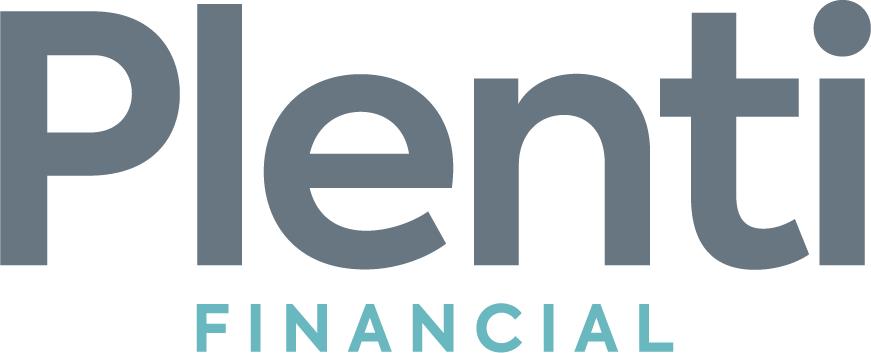The improvement exchange option enables real estate investors to allocate tax-free exchange funds to the improvement, construction, or additions to the acquired property. There are five critical stages of an improvement exchange that all investors should keep in mind:
- Stage 1: Identify Property.
- Stage 2: Identify Improvement Details.
- Stage 3: Submit Exchange Documentation.
- Stage 4: Transfer Title to Qualified Intermediary.
- Stage 5: Complete Improvements within Timeframe.
Stage 1: Identify Property.
An improvement exchange begins by identifying a property that an owner wishes to acquire. The identified property will serve as the location for future conversations about improvement funds, contractors, and attaining proper approvals/permits for any work that must be accomplished during the exchange window.
Stage 2: Identify Improvement Details.
When filing an improvement exchange, it is important to identify contractors and settle project details before submitting the exchange so that all quotes, specifics, and timelines fit within the budget and timeline of the exchange window. If an exchanger does not provide documentation for all improvement work before initial closing date – whether a property upgrade, addition, or new construction – then the funds are not eligible to be applied to the improvement work.
Stage 3: Submit Exchange Documentation.
Once the property has been identified and all project details and financial estimates have been documented in writing, the exchanger may submit the exchange documentation which enables an improvement exchange. The exchanger is then able to apply all funds from the sale of the relinquished property/ies to the acquired property and its identified improvement projects.
Stage 4: Transfer Title to Qualified Intermediary.
While completing the improvements on the property to be acquired, title to the improvement property will be held by the qualified intermediary. When the work is completed and prior to the 180th day of the exchange, the property is returned to the taxpayer and the exchange is completed exchange. This exchange is a great way to avoid the capital gains taxes and reinvest all proceeds from your sale into the improvement of a new purchase.
Stage 5: Complete Improvements within Timeframe.
The improvement projects must be completed within the 180-day window indicated in IRS Section 1031. This means that exchangers must complete their identified improvement projects within 180 days of the closing date of the relinquished property’s sale.
Conclusion
When deciding whether to pursue a reverse exchange or a standard exchange, it is best to consult a professional. Schedule a free consultation with one of our qualified experts today. If you choose to manage a reverse exchange by yourself, make sure you keep these three stages in mind:
- Stage 1: Identify Property.
- Stage 2: Identify Improvement Details.
- Stage 3: Submit Exchange Documentation.
- Stage 4: Transfer Title to Qualified Intermediary.
- Stage 5: Complete Improvements within Timeframe.

